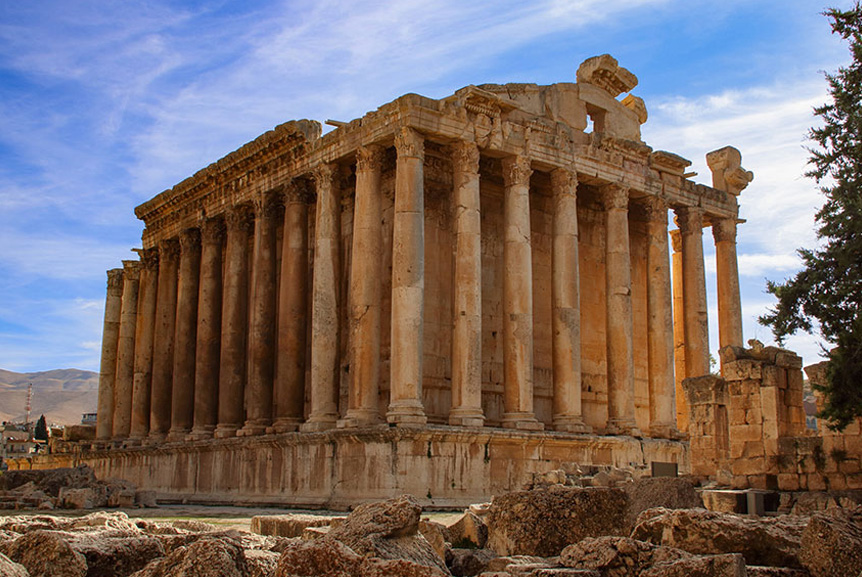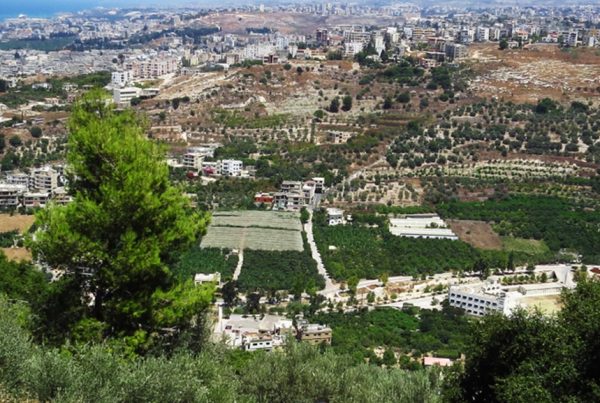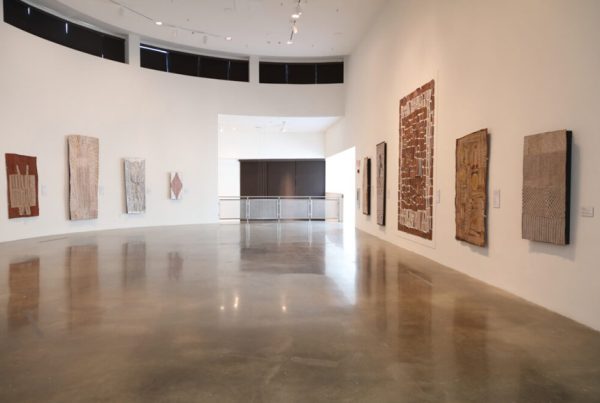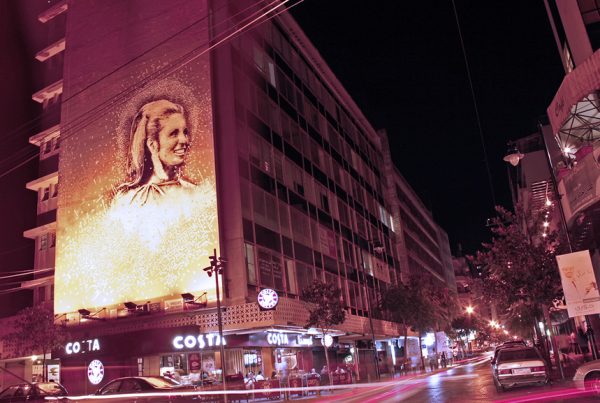Baalbek . . . Lebanese Tourism at The Highest Level
Baalbek, that beautiful and wonderful Lebanese city, is fortunate that it is not only the interest of the Romans in it to contain those wonderful monuments that made it a rising star in the sky of tourism. Even better is the proper interest of archaeologists of different nationalities in its monuments. Thus, it strongly preserves what was built in it for hundreds of years. This made it a first destination for any tourist heading to Lebanon to see the history embodied in the vision of the eye. And this particular article we have written to explain the most important and greatest of these landmarks. This makes the tourist fully aware of what he should do when he is a visitor to the place.
How to get to Baalbek
One of the good things for tourists when visiting Baalbek is that it is not far from the Lebanese capital, Beirut. Only 85 kilometers from there and you are in Baalbek. The road leading there is also very easy and completely safe. Just take the road that leads to Damascus and then turn to the road that leads to Chtaura where the Bekaa farmland is and you will reach Baalbek very quickly.
The historical background of the city of Baalbek
It is unreasonable to talk about historical and cultural tourism in the city of Baalbek, and not to talk about the parts of its past that contributed to the emergence of its landmarks, which were credited with having a place in that tourism. Hence, here are the most important points about the historical background of that city. Which begins with the founding of the temples, which dates back to the end of the thirtieth century BC. Things developed quickly until the third century BC, when the sun was worshiped and various temples were built for it.
As for AD, where the first centuries were, the beginning was the establishment of a group of very impressive temples. It is the first tourist attraction for Baalbek. The ancient Roman gods were Jupiter, Venus, and others. This was before the emergence of Christianity and its spread in the region.
And after Christianity, which began to be dealt with officially during the reign of Emperor Constantine, no temples were built for the ancient Roman deities. Indeed, many temples were removed from them in Baalbek. But this does not mean that the monuments became the only thing that was built before Christianity. As the spread of this new religion at the time contributed to the building of many churches, which today have become archaeological sites already.
The following periods of the city, known as the Islamic eras, such as the era of the Umayyad, the Abbasids, the Fatimid, the Ayyubi, and even the Mamluks, where the city flourished during the era of those Mamluks in particular, has contributed excellently to the emergence of an impressive group of other ancient monuments. Which will be mentioned in this article in the next few lines.
Thus, we are assured not only that the city of Baalbek contains ancient and ancient places, but also that it has a wonderful cultural diversity that makes it like a historical encyclopedia open to everyone who decides to visit it. Which, of course, is a strong reason why the number of tourists coming to it is in the thousands every year.
Although this diversity, due to the small size of the article, we will not be able to talk about it fully, but the information we have mentioned about the most important landmarks of Baalbek is very sufficient to ascertain the extent of the sincerity of what we talked about regarding its historical status. Which will prompt you to visit it without a doubt.
How were the wonderful archaeological sites discovered in Baalbek?
Since most of the archaeological sites in Baalbek date back hundreds of years. Nature factors contributed to it being buried underground for long periods. Only very simple things appeared. With the splendor of these objects, they immediately attracted archaeologists in the late nineteenth century. To discover many of the masterpieces of this country until the twenties of the last century. And the discoveries continued until the forties of this century. To find ourselves in front of a city that was at a high degree of sophistication and urbanization. And the proof is what was found there. It has become a destination for tourists from all over the world, not just for the Lebanese.
Grand Court
It is one of the most beautiful tourist places in Baalbek. It is huge and large in size and contains many statues and huge gates. In addition to the large rectangular and semi-circular squares in the place, you will be able to get free tours there, which are very impressive, in which you will explore this court thoroughly. In it, you will also learn about all the historical events associated with it. And this is since it was established in the second century AD, the close periods of history.
Temple Complex
It is a group of four temples of the most famous Roman deities that were worshiped in the region before the spread of Christianity. It is true that the fourth temple of the idol of Mercury is largely dilapidated, but it still has good remains that are worth seeing and photographing. The three remaining temples of Jupiter, Venus, and Bacchus retain their architecture, buildings, and decorations wonderfully, as if the date of their construction was yesterday. Hurry up so that you can get a tour that includes exploring and photographing every corner of it, as it is available for visiting only from eight thirty in the morning until sunset.
Proplaeum
It is a wonderful archaeological site, the oldest of which dates back to the middle of the third century AD. There are also other facilities dating back to the fourth century AD and others to the fifth century. It also has a courtyard in which a distinctive church was built. In addition to that church, you can also see and photograph the twelve wonderful columns made of granite in the place. As well as the staircase and the archaeological wall there. All of the above is linked to many wonderful historical tales that many tourists seek to know with great eagerness.
Nymphaeum
It is a small Roman mausoleum located west of Baalbek. Fortunately, there are other monuments located near it. Which means that your tourist schedule, which contains a date for visiting the Nymphæum, can include at the same time a visit to the nearby Mamluk mosque. Which dates back to the thirteenth century AD. You should also not miss visiting Ras al-Ain in the same area. And that used to supply Baalbek with water in the past. Thus, you take advantage of every moment you are in Baalbek by visiting as many of its landmarks as possible which makes your visit more beautiful and wonderful.
Sheikh Abdullah Hill
Its tourist value lies in the fact that it contains the ancient tomb of Sheikh Abdullah Al-Yunini. Its establishment dates back to the thirteenth century. With his visit, you will enjoy learning about the history of the grandson of Salah al-Din al-Ayyubi, who was called the most glorious, as he was the one who built the shrine for the sheikh during his rule in the region. Even the shrine is named after him (Al-Amjad Dome).
Qoubbat Douris
It is a dome with columns that form an octagonal shape, inside which is a mausoleum dating back to the Islamic Ayyubi era, specifically to the thirteenth century. Fortunately, after you finish your visit there, you can immediately head to the nearby Temple of Mercury. Its establishment dates back to the first century BC. In this temple, you may also see the remains of another temple, older than it, in which another deity was worshiped, which the ancients believed protected crops. In fact, you need a tour guide to show you the nature of the two temples and their connection to each other.
The Tower
It is a building of which only its lower parts remain, but it is linked to many historical matters. Its establishment dates back to the first century AD. And near it was a courtyard that was basically an altar for sacrifices, where the tower was climbed above to see those scenes of slaughter from above. In addition, in the past, there were also bathtubs for washing. The professional tour guide will undoubtedly tell you about all these things. Which you will undoubtedly compare with the affects you will see now. Which is the remains of the tower, as we have previously explained, and a church that was built in the fourth century AD after the demolition of all of the aforementioned due to the spread of Christianity. It is undoubtedly a rich tour with events and sights that should not be missed.
Temple of the Nine Statues
It is a temple dating back to the first century AD. Although the temple is no longer left of it, only some simple buildings. However, the place is distinguished because it includes a number of other wonderful monuments, such as the remains of the Umayyad Mosque, which dates back to the seventh century AD. And the church that dates back to ancient Byzantine times.






